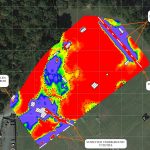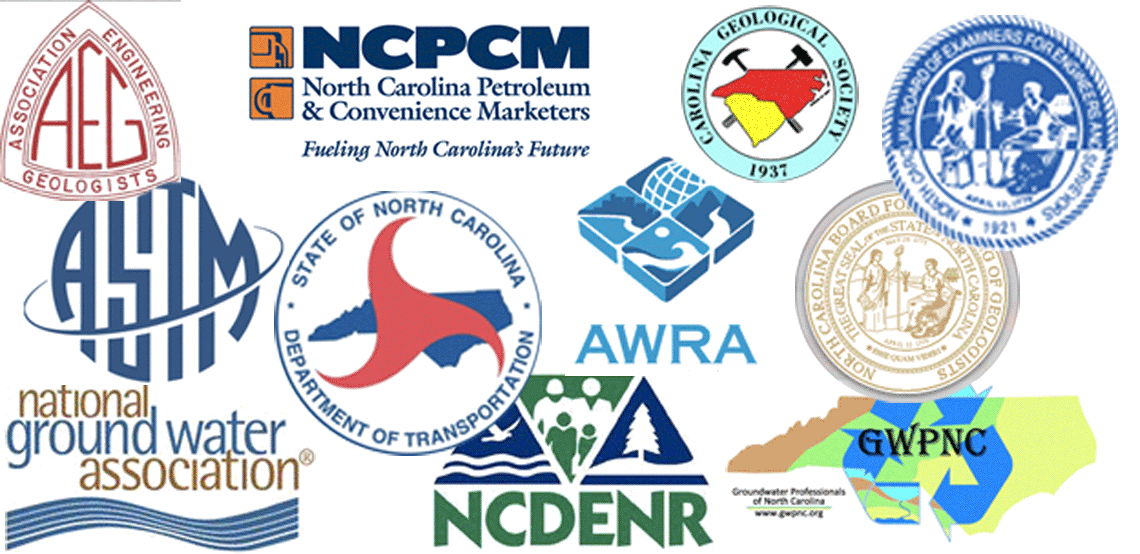The geophysical technologies we use for our typical projects are part of a vast spectrum of physical wave energy technologies used in a wide swath of applications. Our techniques and expertise are concentrated on the types of technologies that work best in the dirty, wet, dense and occasionally … [Read more...]
December 2017 Newsletter: Approaches to Environmental Assessments
As environmental consultants, we are tasked with formulating an environmental assessment plan that will answer as many questions as possible, as thoroughly as possible, for the least amount of cost and effort. Size of the land (acreage), buildings and improvements, history, location and topography … [Read more...]
September 2017 Newsletter: Geophysical Conductivity Mapping – The Importance of Multiple Geophysical Methods and Sampling
The use of electromagnetic (EM) geophysical methods to evaluate ground conductivity variations is an effective tool to resolve environmental issues. However, the EM profiling instruments commonly used for such applications provide depth-averaged conductivity values at point locations. … [Read more...]
April 2017 Newsletter: Lead-Based Paint – Where, how, why and what to do!
Lead is a highly toxic metal that may cause a range of health problems, especially in young children. When lead is absorbed into the body, it can cause damage to the brain and other vital organs, including the kidneys, nerves and blood and sometimes lead to death. Lead-based paint contamination … [Read more...]
February 2017 Newsletter: Signal to Noise – An Explanation
The relationship between signal to noise is something we environmental scientists, engineers and geophysicists need to understand and work with on a regular basis. But it is an important issue in all aspects of engineering and in life. What is exactly do I mean when I talk about the signal to noise … [Read more...]





